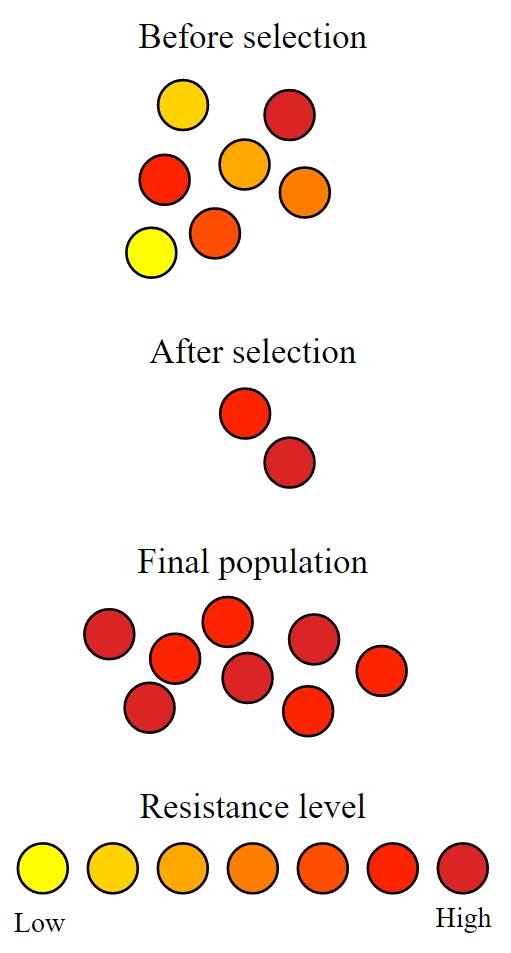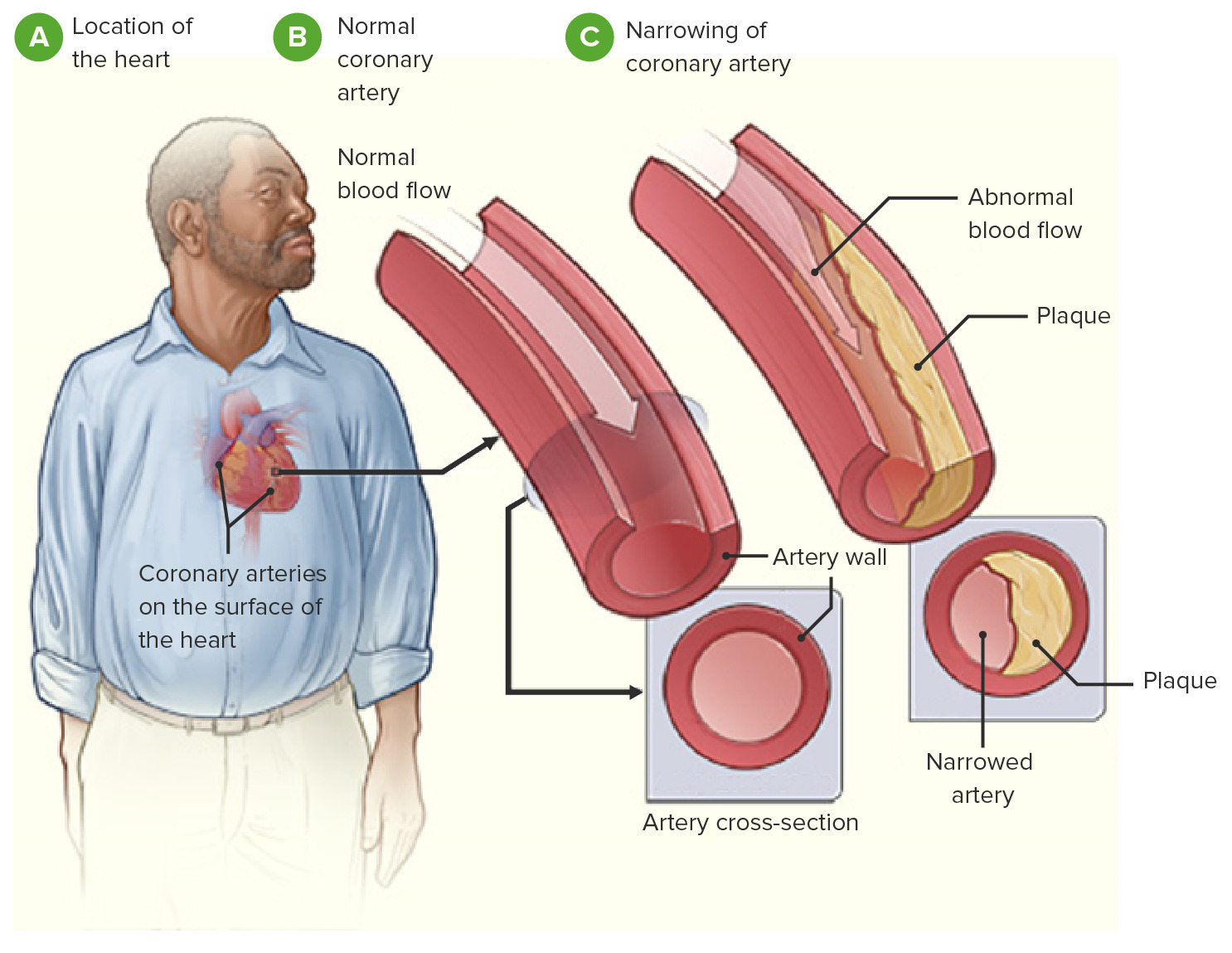Playlist
Show Playlist
Hide Playlist
Bipolar Disorder and Coronary Artery Disease
-
Slides 02 Multifactorial Gene Disorders-Examples Multifactorial Inheritance.pdf
-
Download Lecture Overview
00:01 Bipolar disorder is somewhat related to schizophrenia but classified as a distinct disorder in which we have varying moods from happy to sad, manic and depressive. It also affects almost 1% of the population, which I think is a profound statistic. Again, family aggregation and twin studies strongly suggest that there’s a genetic component. We can see some statistics over here again for lambda, relatively high lambda values also indicating a genetic component to bipolar disorders. These are things to keep your eyes on as you move forward in your practice for the genetics that might be coming out behind them. Keep your eyes on the current research. 00:55 Another condition that we are aware there’s genetic component to, also a serious multifactorial disease because we have so many potential places for genetic mutations as well as environmental components. But you can clearly see in this graphic that we have concordance rates for monozygotic and dizygotic twins that differ substantially from each other even though they’re fairly small values apparently. We still see like 15-fold, 2-fold increase, 3-fold increase of risk for related individuals. Again, a genetic component is there. We don’t yet know where it is. 01:44 But if you look at the process of formation of a thrombus or plaques in coronary artery disease and closing of the vessels, there are so many steps along the way which naturally are going to be regulated by many different genes including those involved in development of the calcification itself. 02:06 The inflammatory response that goes on in every single protein involved could have a mutation. 02:15 Thus, this could be a very, very complex disorder but we are seeing clearly that there is some hereditary component. Although there is also, as I’m sure you’re aware, a large environmental situation too. 02:35 It’s pretty hard to sort out the environmental predisposition from the genetic predisposition when we consider the diet and physical activity and general systemic inflammation, perhaps from eating too many refined sugars and such as well as smoking. All of these environmental predispositions can have an impact on the expression of all of the genes that could possibly involve. 03:03 I guess that you get the picture that these multifactorial disorders really, truly can be multi super factorial disorders that are going to take some time to tease apart from each other.
About the Lecture
The lecture Bipolar Disorder and Coronary Artery Disease by Georgina Cornwall, PhD is from the course Multifactorial Inheritance. It contains the following chapters:
- Bipolar Disorder
- Coronary Artery Disease
Included Quiz Questions
Which of the following statistics regarding bipolar disorder is FALSE?
- There is a higher concordance among dizygotic twins than monozygotic twins.
- Bipolar disorder affects 0.8% of the world's population.
- Studies strongly suggest a genetic contribution.
- The observed concordance of bipolar disorder among twins indicates a genetic influence.
Among the relatives of an individual with bipolar disorder, which relation has the highest risk of recurrence for bipolar, unipolar, or schizoaffective disorder?
- Child of two parents with bipolar disorder
- Child of one parent with bipolar disorder
- Sibling
- Second-degree relatives
- Third-degree relatives
Which of the following environmental factors does NOT predispose individuals to coronary artery disease?
- Cool climate
- Diet
- Physical inactivity
- Systemic inflammation
- Smoking
Customer reviews
2,0 of 5 stars
| 5 Stars |
|
0 |
| 4 Stars |
|
0 |
| 3 Stars |
|
0 |
| 2 Stars |
|
1 |
| 1 Star |
|
0 |
1 customer review without text
1 user review without text







